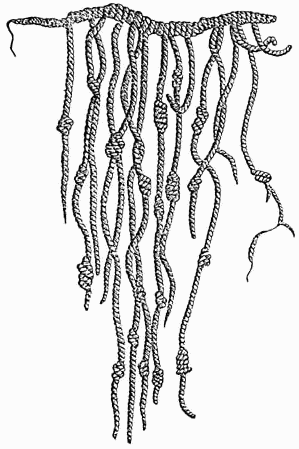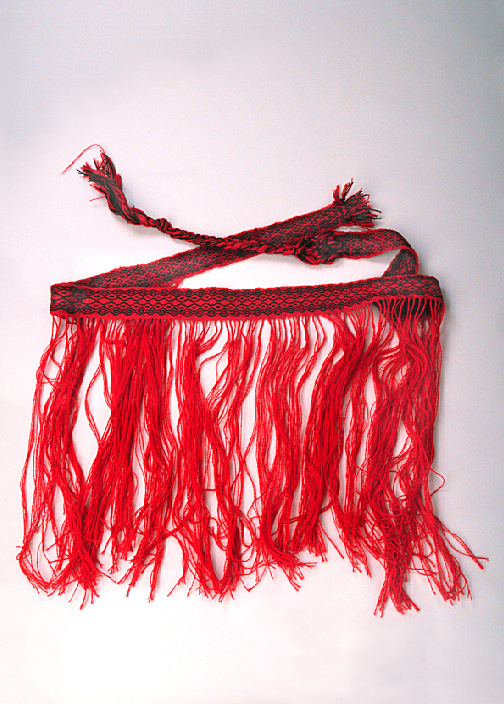resembled Indus valley script & Crete linear A because they commonly used star calendars/charts.
http://indusbramiscript.com/indus_minoan_culture
"This is the fundamental Principle for the making of star calendar in the name of star Goddess at the point of Vernal Equinox. The unique star calendar Seal Text in the collection of 600 deciphered Seal Text is the Makiram Star Calendar (Seal depicts two unicorns come out of a pipal tree — Asko Parpola) or mother (Goddess Seal -(www.indusbramiscript.com of the author) . [Note the 7 leaf tree = menora = Mina+Ra]
The mother Goddess in Cretan Civilization was called as ‘Maka’, the Goddess of snakes and animals.8 The Cretan Mother-Goddess is the same Mother Goddess of indus people. The statue of Cretan mother goddess bears her name ‘Maka’ written in indus brami alphabets on the abdomen part (the form of a complex mixed sign9’. This is a wonderful evidence for the Indus — Minoan culture in Crete founded by Pelesgians (l’ulaha-Pulastyas in lndus Valley)."
Though at first taken for a Rosetta Stone of rongorongo, it has not led to an understanding of the script. It has been criticized for, among other inadequacies, glossing five glyphs as "porcelain", a material not found on Easter Island. However, this is a mistranslation: Jaussen glossed the five glyphs as porcelaine, French for both "cowrie" and the cowrie-like Chinese ceramic which is called porcelain in English. Jaussen's Rapanui gloss, pure, means specifically "cowrie".[note 5] http://en.wikipedia.org/wiki/Decipherment_of_rongorongo
Cowrie shells were used widely in group ceremonies and religious rites around the old world, the etymology of cowrie may relate to kohen/coptian/keftiu? Cowries were traded very widely around the world. http://en.wikipedia.org/wiki/Cowry http://en.wiktionary.org/wiki/cowrie
Early writing was done on many surfaces, but only rarely on hard stone tablets, mostly on banana & palm leaves etc.
Philippines Pala'wan script: http://www.geographical.co.uk/magazine/vanishing_script_-_apr_09.html
Tibet scripts on paper and banana leaf, about hand gestures: http://www.maitreyaproject.org/en/relic/gallery-tsogyel.html
The ceramic Lapita culture of Vanatua had many inscribed figures resembling sea turtles but perhaps representative of human dancing: http://www.australianarchaeologicalassociation.com.au/node/157 note the Author is Jennifer Khan
http://www.damninteresting.com/the-other-mystery-of-easter-island/ script
Japan doll: daruma/dharma, spirit, drama
Zuni doll: kachina, spirit, dance. Kachina must have been named for the "lost" Japanese {Cohen/Koshinto/Guozen/Kahin/Kahuna} male pilgrims that started the Zuni tribe with local Penutian women. The oldest Kachina dolls resemble the painted daruma dolls.
Tana script of Maldives: "anu?" http://en.wikipedia.org/wiki/T%C4%81na
| "Thank you", translated: Dhivehi (Maldives) | (shukuriyyaa) ޝުކުރިއްޔާ |
| Arabic (Egyptian) | (shukrān) ﺷﻜﺮﺍﹰ (mut shakkrān) متشكّرين (shukrān gazēlan) ﺷﻜﺮﺍﹰ جزيلاً | ('afwan) |
| Japanese | どうも (dōmo) ありがとう (arigatō) ありがとうございます (arigatō gozaimasu) どうもありがとう (dōmo arigatō) どうもありがとうございます (dōmo arigatō gozaimasu) | どう致しまして どういたしまして (dō itashimashite |
| Nahuatl | Tlazohcamati |
| Punjabi | ਧਨਵਾਦ / مہربانی (tànvād) ਸ਼ੁਕਰੀਆ / شکریہ (shukrīā) | ਤੁਹਾਡਾ ਸੁਆਗਤ ਹੈ। / تہاڈا سواگت ہے۔ جی آیاں نوں (tuhāɖā suāgat he) ਕੋਈ ਨਹੀਂ। / کوئی نہیں (kōī nahī̃) |
| Rapanui | Maururu |
| Sinhala | ඉස්තුති (istuti) බොහොම ස්තුතියි (bohoma stutiyi) | එකත කමක් න |
| Yapese | Kammagar | |
| Yiddish | (A dank) אַ דאַנק(A sheynem dank) אַ שיינען דאַנק | |
| Yorùbá | Ọ se / E se |


